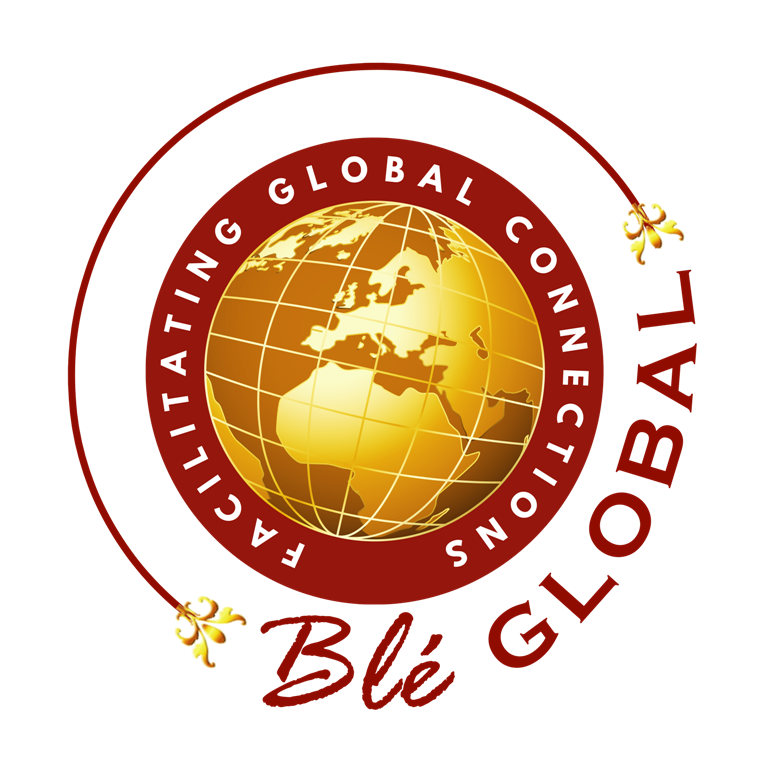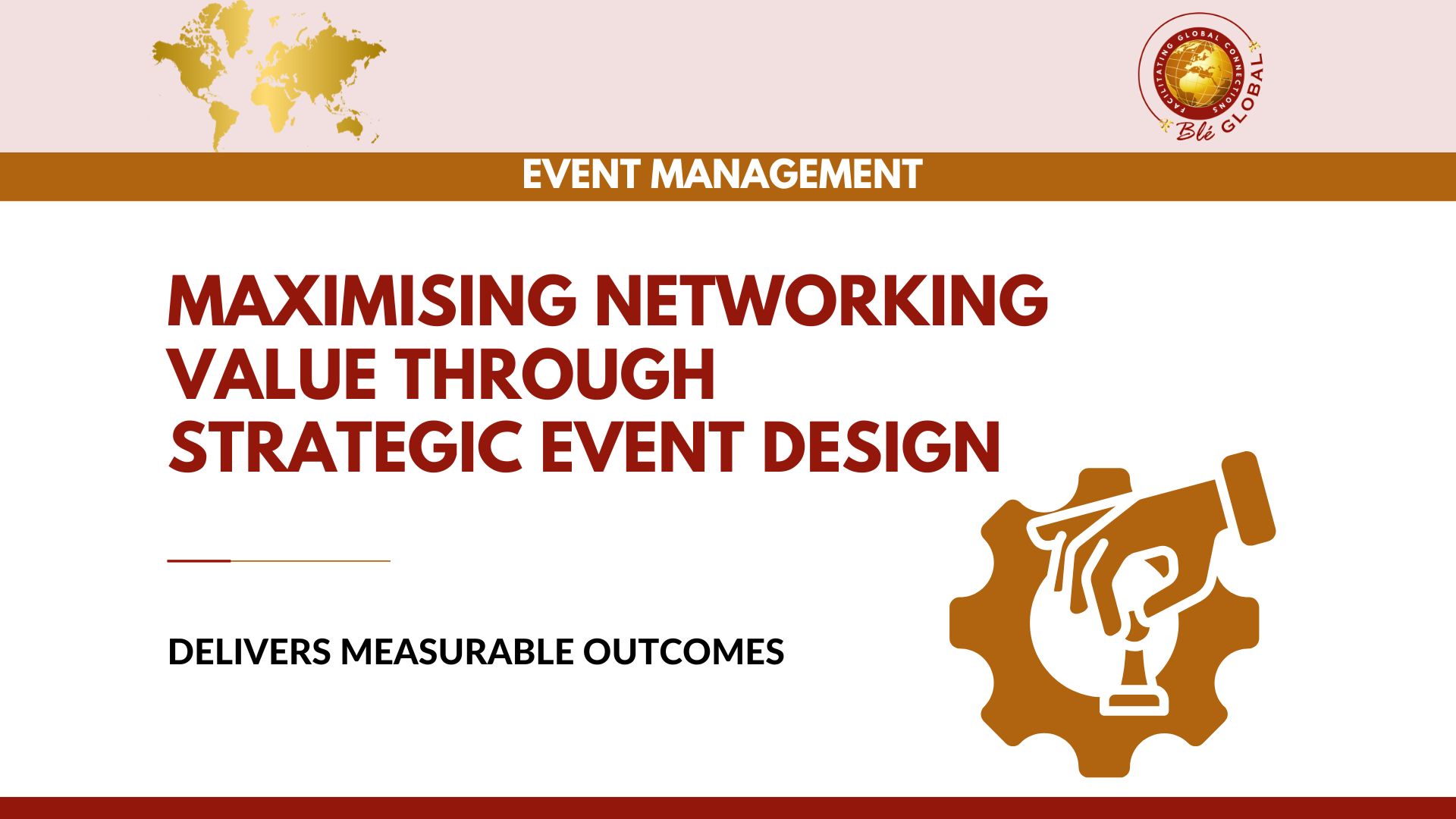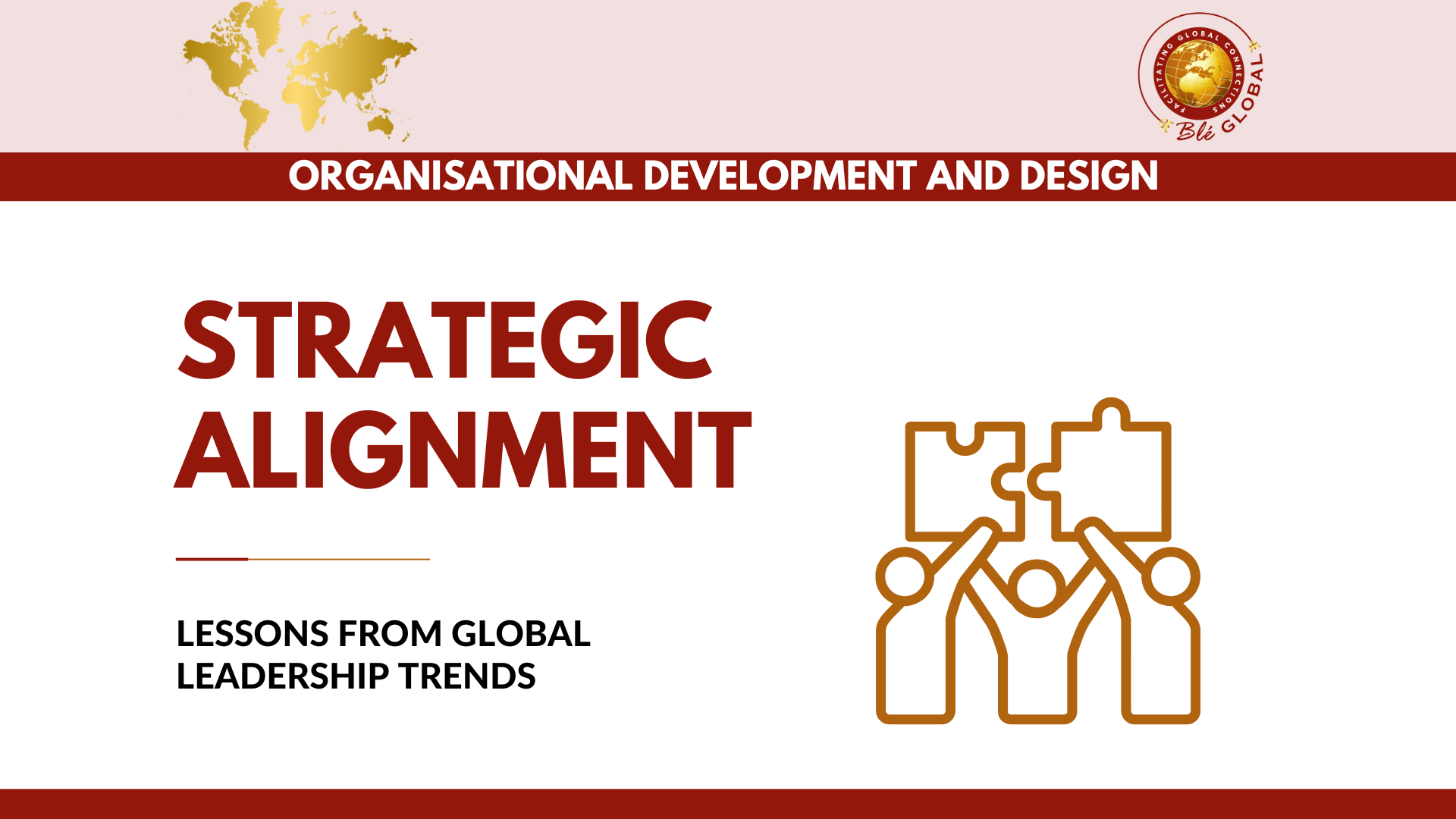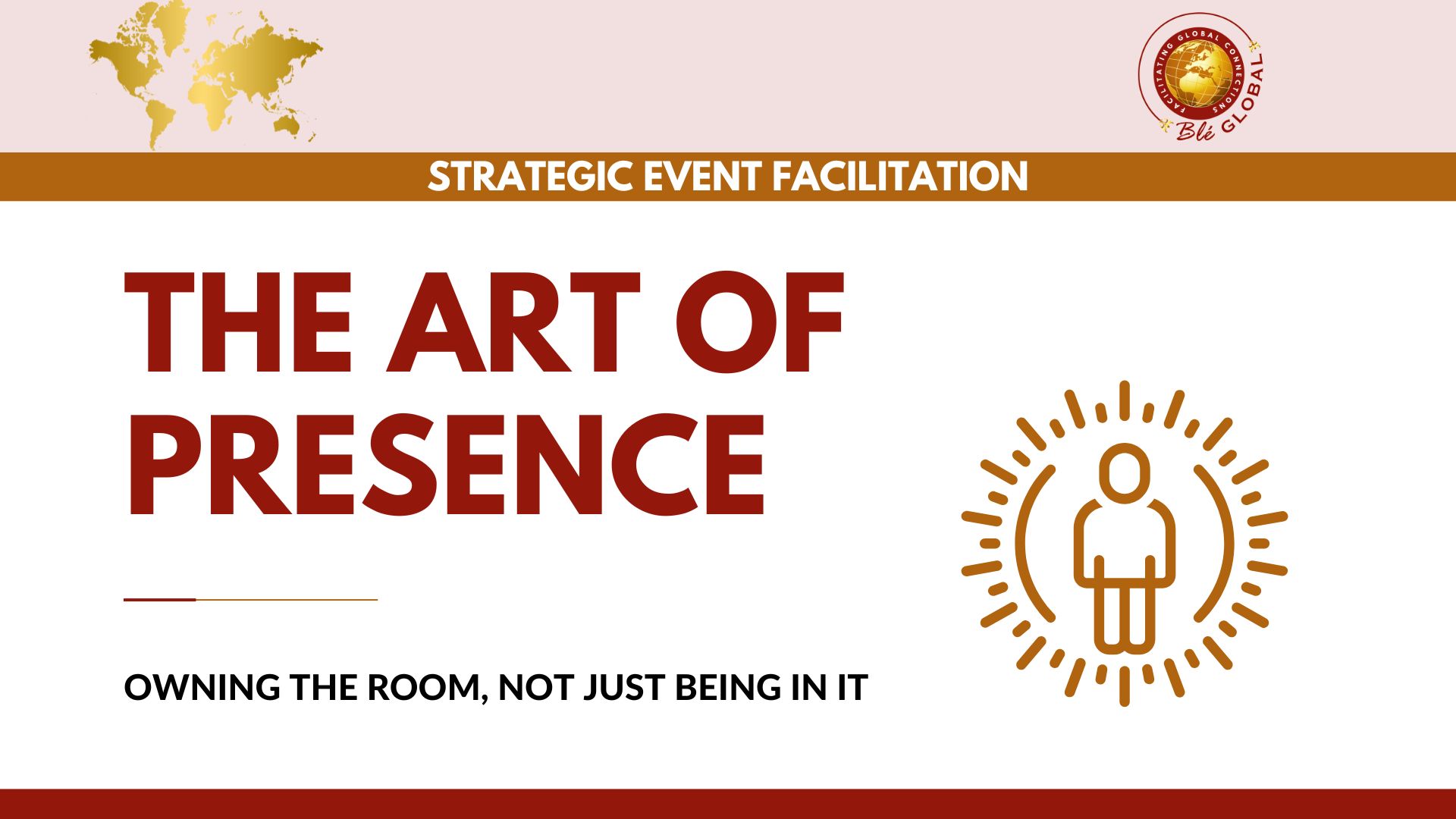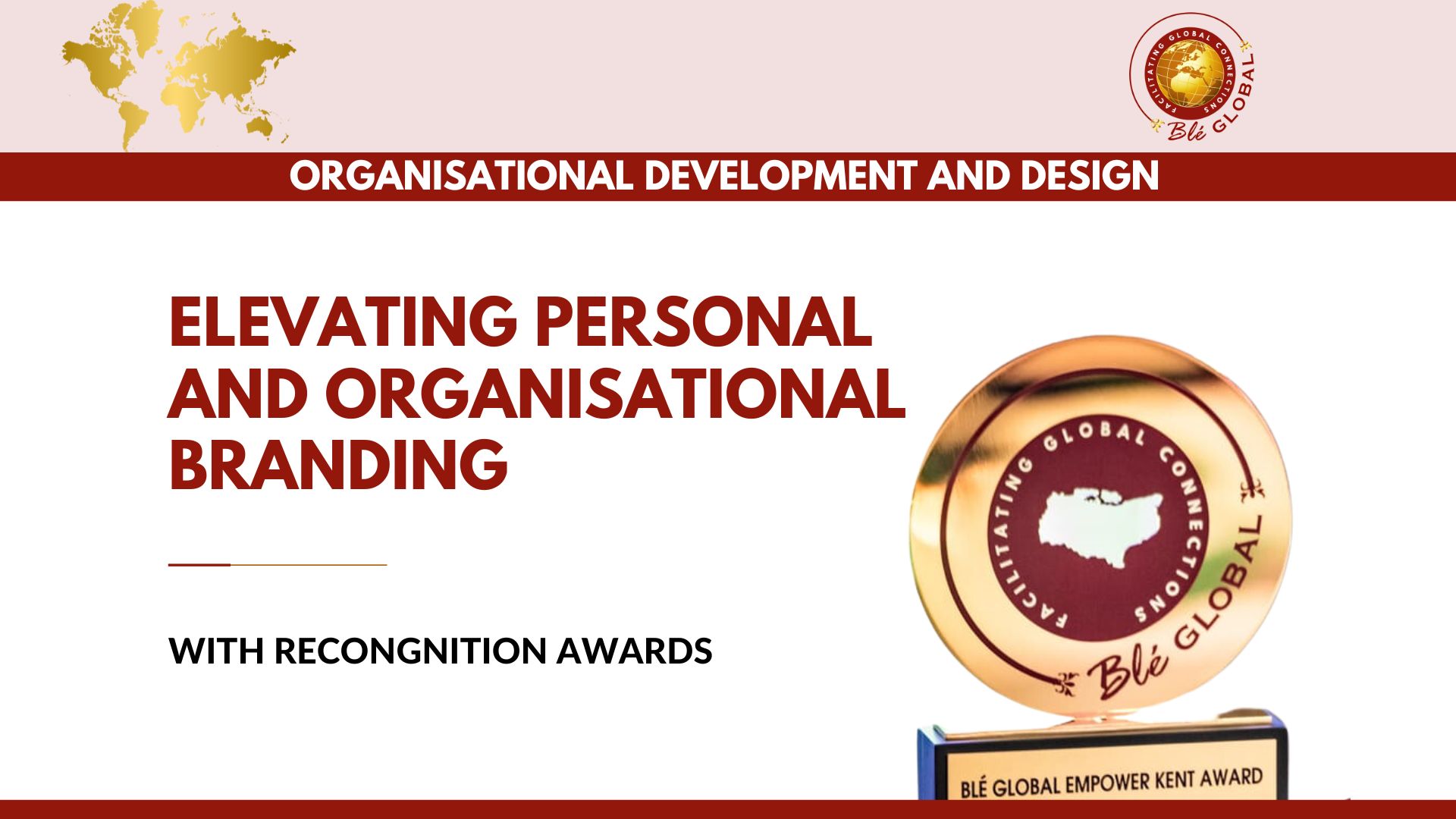Leadership should not be about reacting to change; it’s about designing for it. But how…
In my years of working with leaders to design high-impact events, one persistent issue keeps surfacing: the value of networking. Every leader understands the importance of networking at events, but few know how to truly maximise it. Time and time again, I hear leaders express frustration when networking opportunities fall flat, when the right people aren’t in the room or when attendees leave feeling like they haven’t made any meaningful connections.
The reality is that exceptional networking doesn’t happen by chance. It must be strategically built into the event’s design. Creating a structured and intentional environment where the right connections can happen naturally is crucial. Networking should never feel like a side activity but instead a core value proposition of the event.
C-suite leaders and senior executives attend events expecting to leave with valuable, high-level connections that lead to partnerships, business deals or strategic collaborations. Yet too often these opportunities are missed when networking is treated as secondary. Attendees end up frustrated, feeling like their time has been wasted and the event risks losing credibility. In my experience, if networking is not at the heart of your event strategy, its true potential is often overlooked.
Leaders want networking that delivers measurable outcomes. They need events where attendees leave knowing they’ve connected with the right people – those who can have a tangible impact on their business, partnerships and goals. But effective networking requires more than just mingling; it demands a curated environment where attendees with aligned business goals are connected in meaningful ways. This is where strategic event design comes into play.
One of the greatest concerns for event hosts is that their attendees won’t find value in the connections they make. This fear of wasted opportunities can tarnish the event’s reputation, making attendees less likely to return. Through a well-designed strategy, networking can become a tool that not only enhances the attendee experience but delivers long-term value.
From my perspective, strategic event design begins well before the event itself. It starts with understanding who the attendees are and tailoring networking opportunities around their specific needs. I’ve seen great success with data-driven attendee insights that allow for pre-event matchmaking. By identifying individuals with aligned goals or complementary expertise, we can facilitate targeted introductions that lead to meaningful connections. Research shows that curated matchmaking increases attendee satisfaction by over 35%, proving that strategic networking creates real value.
Ensuring that networking is structured and purposeful is critical. Building specific opportunities for engagement into the event agenda – through guided discussions, roundtable sessions or one-on-one meetings – helps attendees connect with those who offer genuine opportunities for collaboration. Networking shouldn’t feel random. It should feel like an intentional, valuable part of the experience.
It’s also important to remember that networking is about quality, not quantity. Focusing on deeper connections that lead to partnerships or collaborations with long-term potential is key. The most successful events I’ve been involved in are those where attendees felt their time spent networking directly contributed to their business growth or strategic goals.
Networking doesn’t end when the event concludes. Post-event engagement is crucial to sustaining the connections made. Tools like virtual follow-ups, collaborative platforms or even post-event gatherings help maintain the momentum. According to event engagement studies, events with post-event follow-ups see a 25% higher success rate in fostering on-going partnerships. This ensures that the relationships initiated at the event have the chance to develop into something more valuable.
If you’re planning your next event or summit, my advice is simple: make networking the foundation of your strategy. Understand your attendees’ goals, design intentional networking opportunities and follow up to keep conversations alive.
Networking is the lifeblood of any great event, but only when it’s designed for strategic impact. From pre-event planning to post-event engagement, every step should be focused on ensuring that attendees build connections that drive real business value. In my years of experience, I’ve seen this approach transform events from routine gatherings into powerful platforms for partnerships and growth.
Let’s make sure your next event delivers the networking value attendees are looking for, leaving them with connections that matter and outcomes that last.
Author: Dr. Blessing Enakimio
Blé Global - Facilitating Global Connections
